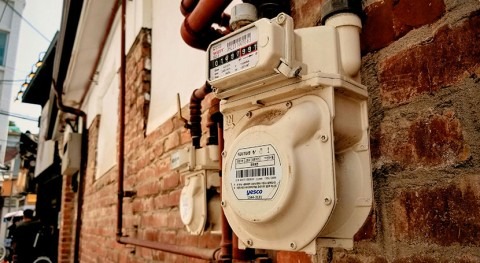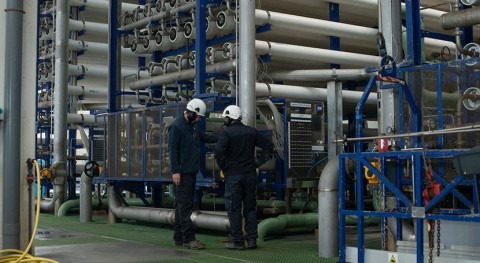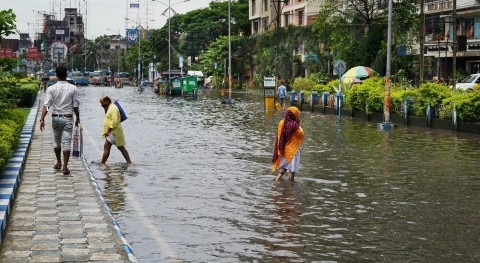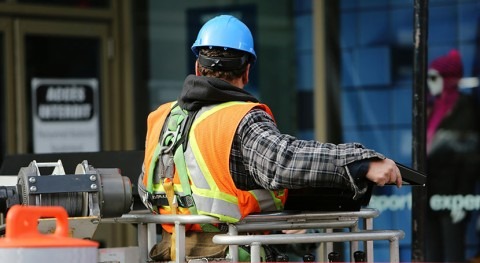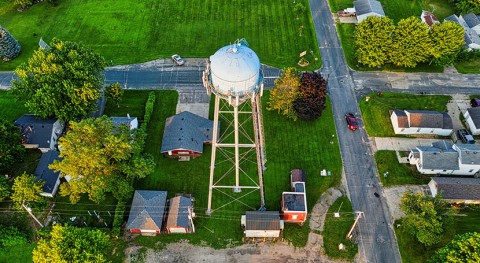Tenants of the luxury residential high-rise known as Millenium Tower, in San Francisco, are closer to seeing a solution to the tilting and sinking their building is experiencing, thanks to a $100 million engineering project that started last year to fix the problem. But sinking is affecting also the broader San Francisco Bay Area, and cities across the world: the weight of buildings is contributing to it, reports Bloomberg.
A study published in the journal AGU Advances published by the American Geophysical Union looks at how the weight of cities causes local land subsidence, specifically estimating the effect in the San Francisco Bay region, home to close to 8 million people. Author Tom Parsons, a geophysicist at the U.S. Geological Survey, calculates the weight of buildings may have caused sinking of about 80 mm. This adds up to other causes of urban subsidence, such as groundwater pumping, erosion, and the shifting of tectonic plates. In fact, earlier research estimated San Francisco could be sinking up to 2 mm/year, with some areas exceeding 10 mm/year.
Even if the impact of the weight of buildings is small compared to other causes of land subsidence, Parsons argues it will be more significant as people continue to move to cities. It is estimated that 70% of the world’s population will live in cities by 2050. “It’s not a huge concern at the moment relative to other things, but the issue is going to grow as we continue to pile on massive developments,” he said. “Especially in developing countries, where there could be a 50% increase in the amount of people flocking into coastal regions. Construction is going to follow.”
He notes the example of Lagos, in Nigeria, with some 14 million people, a population which is expected to double in the coming 30 years. Currently the city sinks between 2-87 mm every year, in part due to groundwater extraction, but higher subsidence occurs in coastal areas where heavy structures were built on poorly consolidated sediments.
Elsewhere in the world, Indonesia’s capital Jakarta is sinking at one of the fastest rates in the world, some 10 cm per year. Built on swampy ground, groundwater overdraft is the main reason. With half of the city below sea level, flooding is getting worse and, compounded with traffic congestion, has prompted the government to explore moving the capital elsewhere.
In densely populated cities on the coasts, where the weight of urbanization adds up to other causes of land subsidence and to expected sea level rise, flooding risks will be exacerbated. Although not much can be done about gravity when urbanising an area, Parsons urges to consider factors to mitigate land subsidence. That includes reconsidering building heavily near the coast or on top of reclaimed land, more prone to subsidence.






